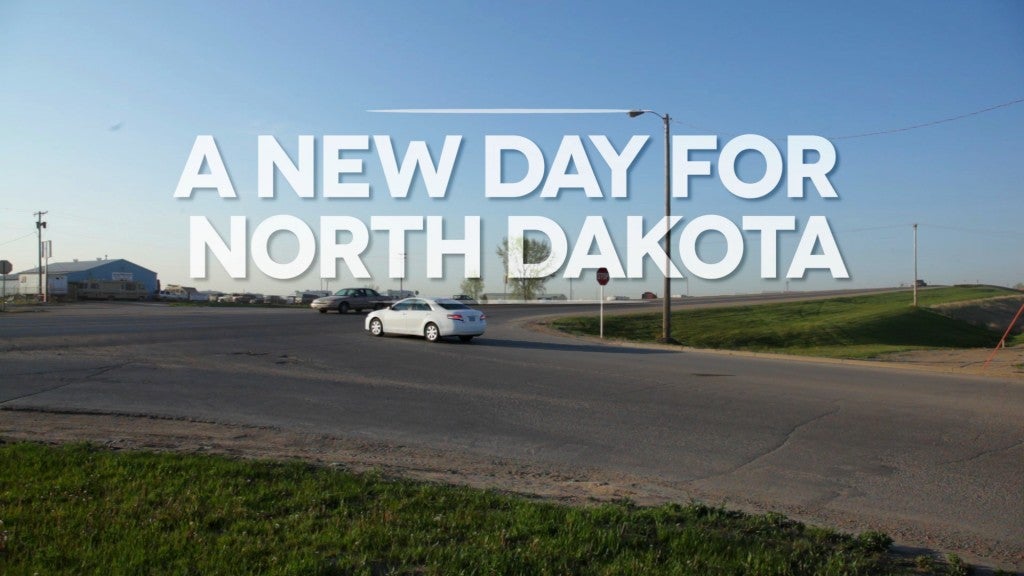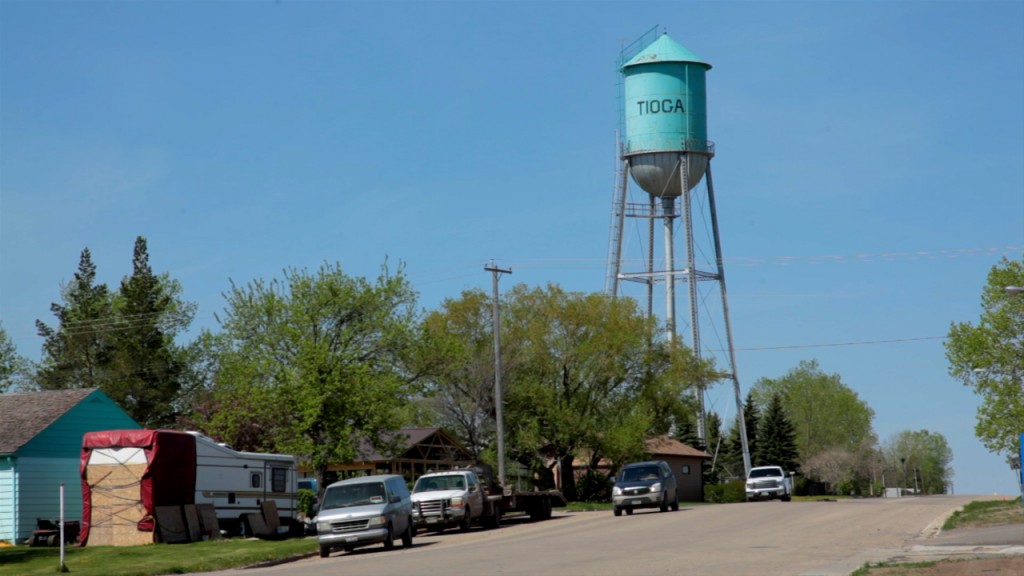“The North Dakota Miracle.”
That’s what it’s been dubbed by many. The recent boom of the Bakken oil fields—made possible by a perfect storm of sensible state regulations, the often maligned fracking process, and the fact that most drilling is taking place on private lands—has produced a whirlwind of economic growth in a formerly sleepy corner of northwest North Dakota. Recently, a team from The Heritage Foundation and the Institute for Energy Research (IER) traveled out West to see it for ourselves.
During our short, 3-minute video, you will hear from the people themselves about the impact the boom has had on their families and their community. But the most striking takeaway for many who watch may well be the stark contrast between an electric local economy and the more familiar picture around the rest of the country still saddled with high unemployment and a sputtering economy. And while the Bakken will not single-handedly revive America’s sluggish economy, it can, as evidenced by the success in North Dakota, be an important part of the solution. And North Dakota is only one of many states that is beginning to reap the economic benefits of fracking and other advances in drilling technology to harvest previously inaccessible oil deposits. That is, of course, if the federal government does not disrupt the whole process.
And with signs that the Environmental Protection Agency is gearing up for a bigger regulatory push, those fears are not without merit. But those on the ground simply hope that their government wont rob them of one of the few bright spots in an otherwise bleak national economic picture. As Ward Koeser, mayor of Williston, North Dakota and a man who has seen firsthand the tremendous opportunities created by this boom put it, ”We hope they would use common sense and yet we recognize the federal government isn’t really known for common sense.”
But the looming threat of regulation is ironic, considering that North Dakota could easily serve as the poster child for how we can develop our resources efficiently and in an environmentally sensible manner. Oil production has quadrupled since 2005—North Dakota is now the 2nd largest oil producer in the US behind Texas—and state regulators have effectively balanced economic growth and environmental protection.
Of course, three short minutes is not nearly enough time to share all the inspiring stories of those we met. You wont hear the story of Vern and Jan Herfindahl, a delightfully warm farming couple on the edge of Tioga, North Dakota. When the economy went south a few years back, they were forced into bankruptcy and would have lost their family home if not for the money they now receive leasing the mineral rights underneath their farm land.
“We thought we had lost everything,” she recalled, her voice trembling a bit with the recollection. “And by the grace of God we were able to take control again and now we have a little bit of oil money. We’re still paying on the house; we had it paid at one time. We’re paying on land again, and so it just feels good to know that we do have some kind of income that we can rely on. It’s a gift and we’re so grateful for it.”
Nor will you hear the story of Eric Swanson, a construction worker from Minneapolis.
Facing a work slowdown in Minnesota, Eric traveled up to the area last November with a friend to look for work. One of the first builders they met was an old friend who offered them both work. They immediately jumped in their truck, sped back to Minneapolis to grab their tools and were back onsite the next day.
He now works a full week, heading home each weekend to spend time with his wife and kids. But like most of the men and women who have come to North Dakota looking for a second chance, Eric has no complaints; he is simply grateful for the opportunity to provide for his family. “It’s putting people to work in a time where there’s not much work anywhere else,” he explains.
This quiet pride was characteristic of the people we met. Whether native North Dakotans or transplants from literally every state in the nation, they appreciate the scarcity of the opportunity they have found and the dignity of having a job. As Mayor Koeser says in the video, “Where else in the country do you have 1% unemployment? Where else in the country can you find a good paying job?”
He compares the influx of those looking for work to the pioneers of yesteryear. “They came west to find a place to start over,” he explains. “We’re finding again today, the people who come here … they’re not complaining. They’re just grateful to have a good-paying job, benefits, and a company that appreciates them.”
With a weak economy, millions of Americans around the country are hurting. Rather than make matters worse, the government should be encouraging states like North Dakota which are safely producing domestic energy and creating good-paying jobs here at home.
The video runs a little over three minutes and was produced by Heritage’s Brandon Stewart in partnership with the Institute for Energy Research. For more videos from Heritage, subscribe to our YouTube channel.


